Cross-Species Contamination: 5 Shocking Risks Of Bad Bedding
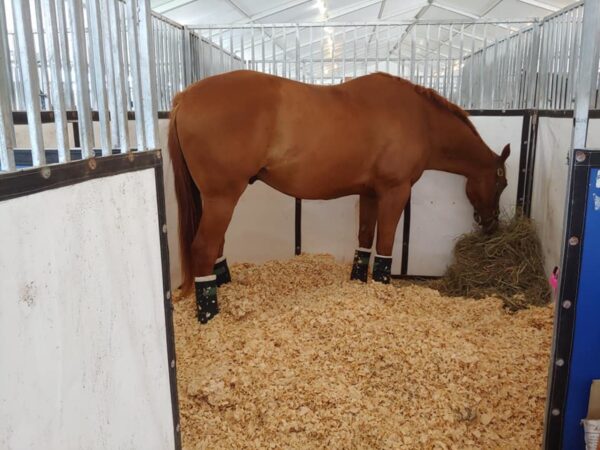
Introduction to Biosecurity and Bedding
Cross-species contamination in livestock operations poses a significant threat to animal health, food safety, and farm profitability by spreading pathogens like Salmonella, E. coli, and Cryptosporidium between species such as cattle, goats, sheep, and poultry. Poor bedding hygiene, particularly wet or soiled materials, creates a reservoir for these pathogens, amplifying transmission risks. Choosing highly absorbent, hygienic bedding materials can significantly reduce pathogen spread by maintaining a dry, clean environment. Drawing on insights from the Center for Food Security and Public Health (CFSPH), this post explores how bedding choices impact cross-species contamination and offers practical solutions for enhancing biosecurity.
Understanding Cross-Species Contamination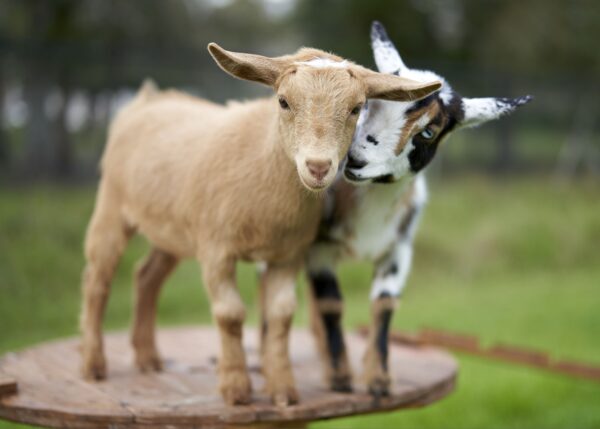
Cross-species contamination occurs when pathogens transfer between different livestock species through shared environments, equipment, or human activity. Key pathogens include:
-
Salmonella spp.: Causes diarrhea and septicemia, affecting cattle, goats, sheep, and poultry, with zoonotic risks to humans.
-
Escherichia coli: Leads to enteric and systemic infections, thriving in moist, manure-rich environments.
-
Cryptosporidium parvum: A protozoan causing diarrhea, particularly in neonatal animals, with human health implications.
-
Avian Influenza and Newcastle Disease: Viral pathogens in poultry that can spread to other species via contaminated litter. The CFSPH tip sheet notes that mixed-species farms face a 20-30% higher risk of disease outbreaks due to pathogen transmission through contaminated bedding, manure, or dust. Economic losses from reduced productivity, treatment, and culling can reach $50-$500 per animal, with large farms facing $10,000-$100,000 annually.
The Role of Poor Bedding in Disease Spread & Cross-Species Contamination
Bedding that retains moisture or accumulates manure, such as straw or low-quality sawdust, creates an ideal habitat for pathogens. Wet litter from urine, water spills, or inadequate ventilation fosters bacterial and protozoal survival, with pathogen loads reaching 10^6 CFU/g in damp conditions. Soiled bedding acts as a reservoir, spreading diseases through direct contact, aerosolized dust, or contaminated equipment. The CFSPH study highlights that bedding moisture levels above 30% increase pathogen persistence by 25%, enabling transmission between species in close proximity or through shared handling practices. Infrequent cleaning or reused bedding further amplifies these risks, creating persistent contamination sources.
Watch this: https://www.youtube.com/watch?v=pir9JTjc3p0
How Pathogens Spread With Cross-Species Contamination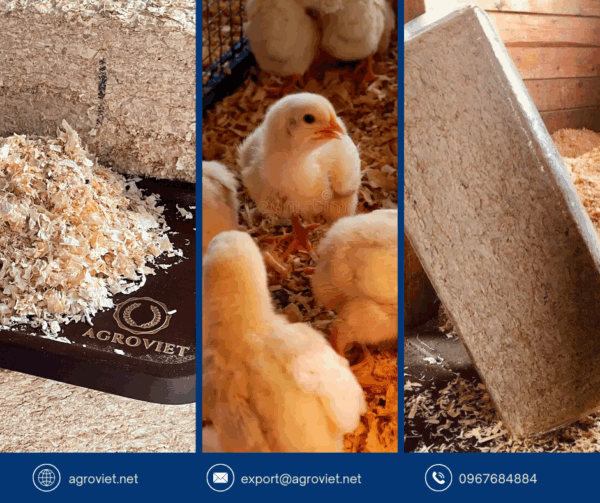
Pathogens move through several pathways:
-
Direct Contact: Animals encounter contaminated bedding, transferring pathogens like Salmonella to teats, mouths, or wounds.
-
Aerosolized Dust: Dusty bedding disperses pathogens, enabling inhalation by different species.
-
Equipment and Personnel: Shared tools, boots, or hands carry pathogens between barns, as noted by CFSPH.
-
Manure Contamination: Manure from one species, mixed into bedding, introduces pathogens to others, such as E. coli from cattle to poultry. The CFSPH emphasizes that mixed-species operations, without robust biosecurity, are particularly vulnerable, with pathogens persisting in wet litter for weeks to months.
Health and Economic Impacts
Cross-species contamination has far-reaching consequences:
-
Animal Health: Diseases like diarrhea, mastitis, respiratory infections, and lameness reduce growth, milk yield, and reproductive performance. Mortality rates can reach 5-20% in severe outbreaks.
-
Human Health: Zoonotic pathogens like Salmonella and Cryptosporidium threaten farm workers and consumers, contributing to millions of foodborne illnesses annually.
-
Economic: Treatment costs ($50-$500 per animal), productivity losses, and culling result in significant financial burdens. Large farms face $10,000-$100,000 in annual losses, compounded by regulatory penalties and product recalls. The CFSPH study underscores that bedding hygiene is a critical control point, as it directly influences pathogen survival and transmission across species.
Why Bedding Hygiene Matters
Inadequate bedding choices contribute to contamination by:
-
Trapping Moisture: Materials like straw retain water, creating conditions for pathogen survival.
-
Harboring Pathogens: Soiled litter accumulates manure, increasing bacterial and protozoal loads.
-
Enabling Spread: Dusty or contaminated bedding facilitates pathogen transfer via air, equipment, or personnel.
-
Lacking Hygiene: Infrequent replacement perpetuates contamination, with studies showing a 20% higher disease incidence in unhygienic conditions. The CFSPH stresses that effective bedding management is essential for biosecurity, directly reducing the environmental reservoir for pathogens.
The Value of High-Quality Bedding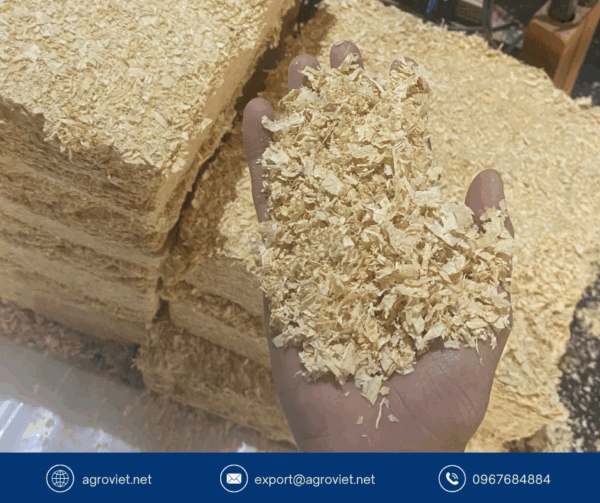
Choosing bedding that prioritizes dryness and hygiene can significantly curb cross-species contamination. Materials known for absorbing up to several times their weight in moisture help keep litter dry, limiting pathogen survival. Hygienic options with low initial bacterial loads further enhance cleanliness. Unlike straw, which holds moisture, or sand, which can harbor pathogens, these materials create a clean, comfortable surface that minimizes disease transmission. By keeping litter moisture below 20%, they disrupt the conditions that support pathogens like Salmonella and E. coli, while their low-dust properties reduce airborne spread, crucial for mixed-species farms.
Enhancing Biosecurity with Wood-Based Bedding
For farmers aiming to bolster biosecurity, bedding options like wood pellets and shavings provide practical advantages. Wood pellets, crafted from compressed, heat-treated sawdust, expand into a highly absorbent layer that effectively manages moisture, reducing the damp conditions where pathogens thrive. Similarly, wood shavings from untreated softwoods, such as pine, offer a loose, dry surface that promotes animal comfort while limiting bacterial and protozoal growth. These materials, when properly managed, help maintain a hygienic barn environment, reducing the risk of cross-species disease transmission and supporting the health of diverse livestock populations.
Scientific Evidence Supporting Bedding Choices
Research from CFSPH and related studies, such as the ScienceDirect study on poultry bedding, confirms that absorbent, hygienic bedding reduces pathogen loads. Materials that effectively manage moisture can lower litter dampness by 40% compared to straw, decreasing Salmonella and Cryptosporidium survival. Low-dust bedding reduces aerosolized transmission, with farms using such materials reporting a 25-30% drop in cross-species disease incidence. The Veterinary Research study on calves reinforces that dry bedding minimizes parasitic and bacterial contamination, a principle applicable across livestock species. Comfortable bedding also reduces animal stress, supporting immune health and lowering infection risks.
Key Benefits of Absorbent, Hygienic Bedding
-
Moisture Management: Rapidly absorbs water and manure, maintaining a dry environment to limit pathogen growth.
-
Pathogen Reduction: Hygienic properties decrease bacterial and protozoal populations.
-
Reduced Dust: Lowers airborne pathogen spread, protecting respiratory and systemic health.
-
Animal Comfort: Provides a soft, supportive surface, reducing stress and boosting immunity.
-
Efficiency: Durable materials require less frequent replacement, supporting cost-effective biosecurity.
Consequences of Poor Bedding Choices
Neglecting bedding hygiene increases cross-species contamination risks, leading to severe outcomes. Disease outbreaks can affect 10-30% of animals, with mortality rates of 5-20% and treatment costs of $50-$500 per animal. Productivity losses, including reduced milk, growth, and reproduction, cost $100-$1,000 per animal, with large farms facing $10,000-$100,000 annually. Zoonotic risks threaten public health, increasing regulatory scrutiny and recall costs. Poor bedding also raises welfare concerns, with disease and discomfort impacting ethical standards and market access.
Practical Tips for Effective Bedding Management
To optimize bedding for biosecurity, farmers should:
-
Select highly absorbent, low-dust materials from trusted suppliers to ensure quality.
-
Apply a sufficient bedding depth (e.g., 4-6 inches for loose materials or 1-2 inches for expandable products, adjusted as needed).
-
Clean pens daily, removing soiled litter and replenishing with fresh material, especially in mixed-species barns.
-
Store bedding in dry conditions to prevent mold or contamination.
-
Maintain 6-8 air changes per hour through ventilation to reduce humidity and pathogen dispersal.
Complementary Biosecurity Strategies For Dealing With Cross-Species Contamination
Beyond bedding, these practices enhance biosecurity:
-
Species Segregation: House different species separately to minimize cross-contamination, as recommended by CFSPH.
-
Sanitation Protocols: Disinfect equipment, boots, and hands between barns to prevent pathogen transfer.
-
Manure Management: Remove manure regularly and compost at 131°F (55°C) for 3 days to kill pathogens.
-
Water Hygiene: Ensure clean water sources to prevent oral transmission.
-
Health Monitoring: Conduct regular health checks and fecal tests to detect pathogens early.
Economic and Welfare Impacts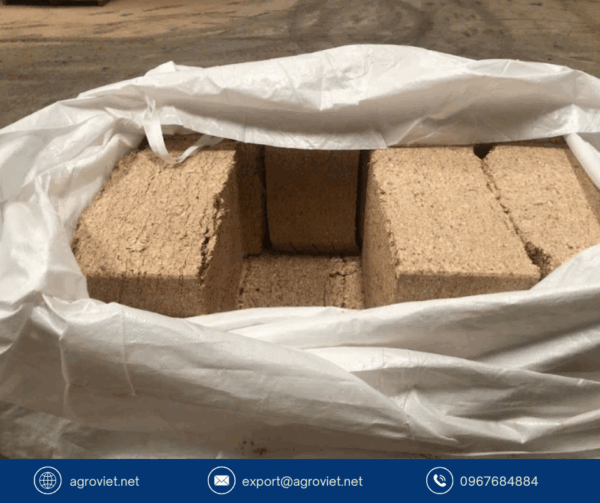
Effective bedding management enhances animal welfare by reducing disease incidence, improving comfort, and minimizing stress-related immune suppression. Healthy livestock maintain productivity, saving farmers $50-$1,000 per animal in treatment and production losses. The CFSPH study highlights that proper bedding supports herd and flock longevity, reducing culling rates. Durable, absorbent bedding reduces replacement costs, while biodegradable options align with sustainable farming, meeting consumer demand for ethical production and boosting profitability.
Addressing Bedding Management Challenges For Cross-Species Contamination
Challenges include sourcing high-quality, low-dust materials and managing setup or maintenance time. Farmers should choose reliable suppliers and store bedding in dry conditions to prevent mold. Regular cleaning prevents compaction and maintains absorbency. With consistent management, high-quality bedding significantly reduces contamination risks and supports livestock health across species.
Conclusion
Poor bedding hygiene fuels cross-species contamination in livestock operations, enabling pathogens like Salmonella and Cryptosporidium to spread, compromising animal welfare, and causing substantial economic losses. Choosing absorbent, hygienic bedding materials creates a dry, clean environment that curbs pathogen transmission and strengthens biosecurity. Supported by CFSPH insights, effective bedding management reduces disease incidence, enhances welfare, and lowers costs. By prioritizing high-quality bedding and robust biosecurity practices, farmers can protect diverse livestock species, ensure productivity, and achieve sustainable, profitable operations.
Read more: https://vietnambestwood.com/general/ammonia-buildup-in-goat-barns/
